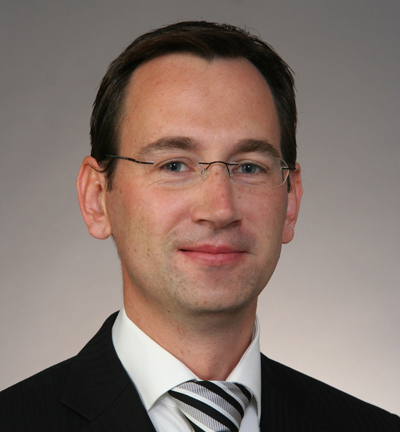High brilliance synchrotron radiation is available for fast in-situ and operando studies of the structure and properties of materials and technical parts. However, a serious bottleneck is the lack of beamtime for the high-energy regime required for materials research.
Laboratory high-flux X-ray sources providing a photon flux comparable to 2nd generation synchrotron sources are a promising alternative. For several years, we have been operating two high-flux LIquid Metal Anode X-ray sources LIMAX-70 and LIMAX-160 in an energy range up to 70 keV and 160 keV, respectively, which are also available to external users and industry. The measurement stations allow diffraction analyses in angle- (AD) or energy-dispersive (ED) mode as well as the performance of a combination with imaging experiments.
In the talk, practical examples will be given to demonstrate that real-time studies are also possible under laboratory conditions if advanced concepts are applied on both the instrumental and methodological sides. The use of suitable optical elements to focus as much as possible of the emitted radiation emitted on the sample is of crucial importance. While multilayer mirrors prove to be particularly suitable for AD experiments if the strong GaKα line at 9.2 keV is to be exploited, poly-capillary lenses can be applied to focus photons with energies up to about 40 keV and thus are most appropriate for ED experiments. On the detector side, a 2D PILATUS allows the registration of DEBYE rings with a sub-second time resolution in the AD case. In the ED mode solid-state Ge detectors are applied to record complete diffraction spectra on a time scale of a few seconds under optimum conditions.
This webinar is 40 minutes followed by a 5 minute Q&A.
Speaker
Dr Mirko Boin works in the Department of Microstructure and Residual Stress Analysis at Helmholtz Zentrum Berlin (HZB), Germany. He is an industrial liaison/contact officer for tech transfer and partnership promotion. Mirko is also Lab responsible for high-flux metal-jet X-ray diffractometer. Previoulsy he worked as a Beamline scientist at the neutron strain scanner E3 at the HZB research reactor BER II.
To view this webinar, please fill out the form below.


